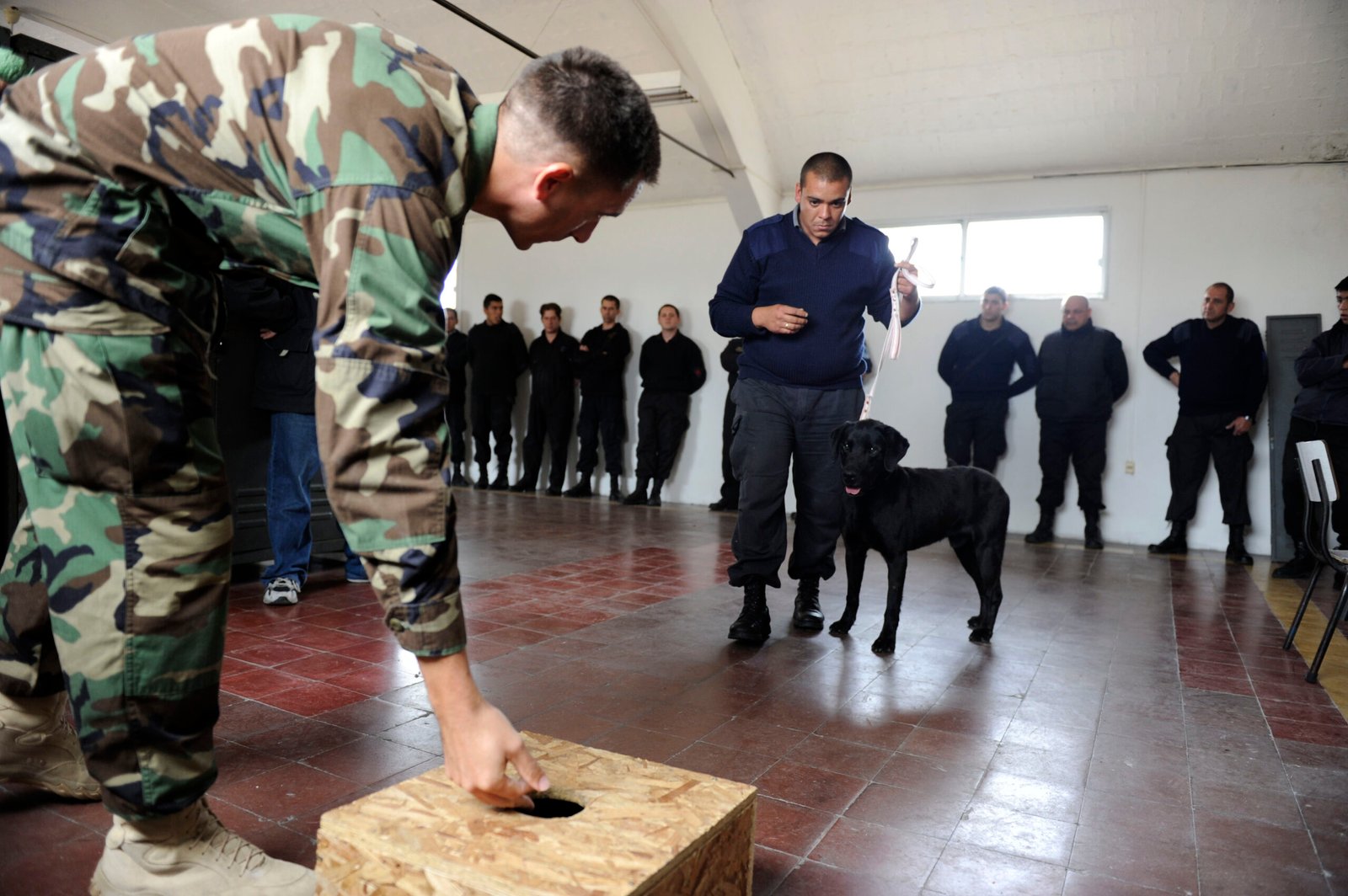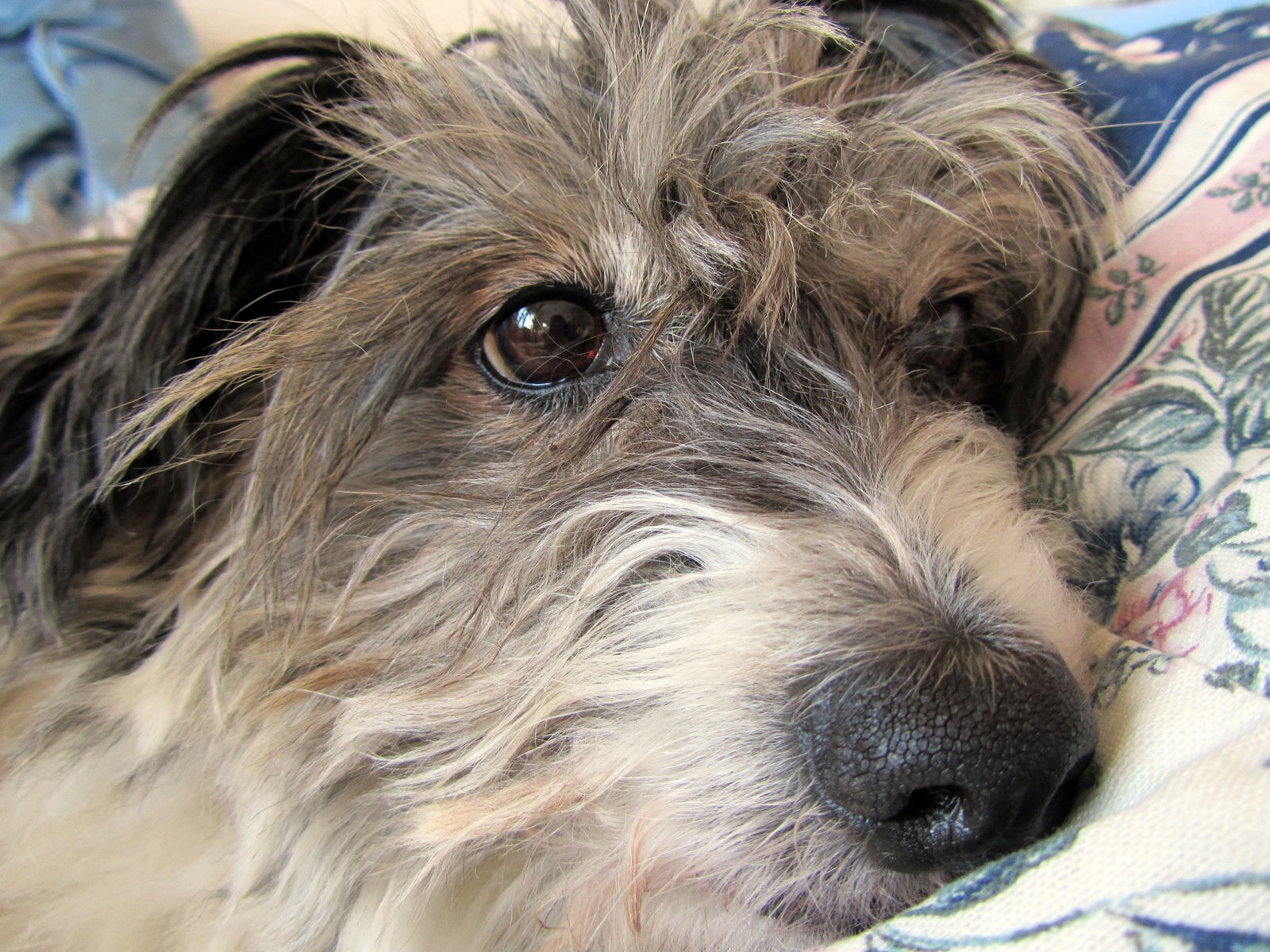Have you ever wondered what your dog really thinks about the things you do every day? Dogs are incredibly attuned to our habits, and some of our daily actions can fill them with pure joy—while others can leave them feeling anxious, confused, or even scared. If you want to become your dog’s favorite human, it’s time to get inside their furry little heads and learn which habits make them wag their tails and which ones make them want to hide under the bed. Prepare to be surprised—some of these might even change the way you live with your four-legged companion forever!
Speaking in a Soft, Calm Voice
Dogs may not understand every word we say, but they are experts at picking up on tone. When you speak gently and kindly to your dog, it can have an almost magical effect. A calm voice tells your pet that everything is safe and there’s no reason to be stressed. This habit helps build trust and reassures nervous pups, especially in new situations. Imagine the soothing feeling of a lullaby—that’s what your gentle voice feels like to them. On the other hand, loud or harsh voices can make dogs anxious, so keeping your tone soft is one of the simplest ways to comfort your canine friend.
Offering Consistent Daily Routines
Dogs thrive on predictability. Feeding them at the same times, going for walks like clockwork, and keeping a regular bedtime can make your dog feel secure. This structured environment lets them know what to expect, reducing anxiety about the unknown. Think of it as giving your dog a comforting roadmap for their day. Sudden changes in routine can leave dogs feeling lost or unsettled, so sticking to schedules is like giving them a warm, reassuring hug every day.
Gentle Petting and Cuddling
A soft stroke behind the ears or a gentle belly rub isn’t just enjoyable for your dog—it’s a powerful way to communicate love and safety. Physical touch can lower a dog’s heart rate and reduce stress, much like a human hug can make us feel better after a tough day. Dogs are social animals, wired to seek closeness, and your affectionate touch is one of the greatest comforts you can offer. Just remember, every dog has their own favorite spots, so pay attention to their cues!
Making Eye Contact—But Not Too Much
Meeting your dog’s gaze with warm, soft eyes can be incredibly comforting to many dogs. It’s how they bond with both humans and other animals. Gentle eye contact can deepen your relationship and make your dog feel seen and valued. However, it’s important to find a balance—too much or intense staring might feel threatening to some dogs. Like a loving glance between friends, a little eye contact goes a long way.
Spending Time Playing Together

Play isn’t just about burning off energy—it’s about joy, connection, and trust. Whether it’s a game of fetch, tug-of-war, or a simple romp in the backyard, sharing playtime shows your dog that you care about their happiness. It keeps their minds active and their spirits high. Plus, laughing and smiling during play can be contagious, making your dog feel even more at ease and bonded with you.
Offering Treats and Positive Reinforcement
Rewarding your dog with treats, praise, or extra cuddles when they do something right is one of the most comforting habits you can adopt. Positive reinforcement not only teaches your dog new behaviors but also builds their confidence and strengthens your relationship. It’s like telling your dog, “You’re amazing, and I notice you!” This habit creates a safe, encouraging environment where your dog feels cherished.
Allowing Snuggle Time on the Couch or Bed
Many dogs absolutely love to be close to their humans, especially in cozy spots like the couch or bed. Letting your dog snuggle up with you provides warmth, security, and a deep sense of belonging. It’s a simple way of saying, “You’re part of the family.” Just like us, dogs crave comfort and closeness, and sharing your space is a powerful way to provide it.
Going for Regular Walks and Adventures
Walking isn’t just exercise for your dog—it’s a thrilling adventure and an opportunity to explore the world with their favorite person. Regular walks break up the monotony of daily life and give your dog the mental stimulation they crave. Smelling new scents, seeing new sights, and simply being by your side are all sources of immense comfort. For dogs, a walk can be the highlight of their day.
Listening and Responding to Their Needs

Dogs communicate in all sorts of ways—barking, whining, tail wagging, or even a simple nudge. When you pay attention and respond to these signals, your dog feels understood and valued. This habit shows your pet that their feelings matter, creating a deep sense of trust and comfort. Imagine how good it feels when someone listens to you; for dogs, it’s just as important.
Creating a Safe, Cozy Space for Them
Every dog needs a spot where they can retreat and feel completely safe. Whether it’s a soft bed in a quiet corner or a cozy crate, providing a personal sanctuary is incredibly comforting. This safe space acts like a security blanket, giving your dog a place to relax when life feels overwhelming. Dogs cherish these havens, especially during thunderstorms or when guests come over.
Loud Arguments or Raised Voices
Dogs are sensitive to the emotional temperature in the room. Loud arguments, shouting, or raised voices—even if not directed at them—can send most dogs running for cover. This kind of noise often signals danger in their minds, causing stress and fear. Imagine being in a room where people are yelling; it’s unsettling for anyone, but especially for our four-legged friends.
Inconsistent Routines or Sudden Changes
While some flexibility is okay, frequent changes to feeding times, walk schedules, or sleeping arrangements can be deeply stressful for dogs. They rely on routine to feel secure, so unpredictability can leave them feeling anxious or out of control. Think about how it feels when your own routine is disrupted—it can be jarring, and for a dog, it’s even more confusing.
Overwhelming Physical Affection
Believe it or not, not every dog enjoys being hugged tightly or picked up unexpectedly. What feels like love to us can sometimes feel like restraint or even a threat to a dog. Overzealous cuddling, squeezing, or face-to-face hugs can make many dogs uncomfortable. Learning your dog’s comfort level and respecting their boundaries goes a long way in preventing unnecessary stress.
Leaving Them Alone for Long Periods
Dogs are social creatures, and being left alone for hours on end can be heartbreaking and stressful. Separation anxiety is a real issue for many dogs, leading to destructive behaviors, howling, or even depression. When you’re gone too long, your dog may feel abandoned or unsure if you’ll return. Finding ways to keep them company, like dog sitters or interactive toys, can help ease this stress.
Forcing Interaction with Strangers or Other Dogs
Not all dogs are social butterflies. Forcing your dog to meet new people or dogs when they’re not ready can be overwhelming and scary. Just as some humans are shy, dogs can be, too. Pushing them into uncomfortable situations can erode trust and increase anxiety. It’s best to let your dog set the pace when it comes to new encounters.
Ignoring Signs of Discomfort or Pain
Dogs often hide their pain or discomfort, but they may show subtle signs like limping, licking a sore spot, or avoiding certain activities. Ignoring these signals can cause stress and worsen their condition. Imagine if you were hurting and no one noticed—it would be upsetting. Paying close attention and seeking help when needed is crucial for your dog’s well-being.
Sudden Loud Noises—Thunder, Fireworks, Vacuums
Many dogs are terrified of unexpected loud noises. Thunderstorms, fireworks, and even noisy household appliances can send them into a frenzy of fear. Their heightened senses make these sounds even more intense. Some dogs shake, hide, or bark uncontrollably when frightened. Creating a safe, quiet space and offering comfort during these times is essential.
Using Punishment or Harsh Training Methods

Harsh discipline, yelling, or physical punishment can create fear, confusion, and mistrust in your dog. Negative training techniques often do more harm than good, damaging the bond you’ve worked so hard to build. Dogs respond far better to patience and positive reinforcement. Imagine trying to learn from someone who scares you—it’s stressful and discouraging.
Lack of Mental Stimulation or Exercise
A bored dog is often a stressed dog. Without enough mental or physical activity, dogs can become restless, anxious, or even destructive. They need outlets for their natural curiosity and energy. Regular play, training, and exploring new environments keep their minds sharp and spirits happy. Just like people, dogs need more than just food and shelter—they need stimulation and adventure.
Invasion of Personal Space or Startling Touch
Sudden movements, unexpected touches, or invading your dog’s personal space can make them jumpy or stressed. Dogs value their boundaries just like we do. Sneaking up on a sleeping dog, grabbing their tail, or startling them while they eat can create anxiety. It’s important to approach your dog gently and respect their need for space.
Neglecting Grooming Needs
While some dogs tolerate baths and brushing well, others may find it stressful—especially if grooming is rushed or rough. Matted fur, overgrown nails, or dirty ears can cause discomfort or even pain, leading to stress. Making grooming a calm, positive experience and tending to their needs regularly helps your dog feel cared for and comfortable.
Jen is a passionate nature lover and ocean conservationist. She has dedicated her life to protecting the environment and preserving the beauty of the natural world. Growing up in a small coastal town, Jen sincerely appreciated the ocean and its inhabitants. She has spent countless hours exploring the shoreline, learning about the creatures that inhabit the waters, and advocating for their protection. Jen is an active member of ocean conservation organizations, and she is committed to educating the public about the importance of conserving wildlife and the natural environment.





